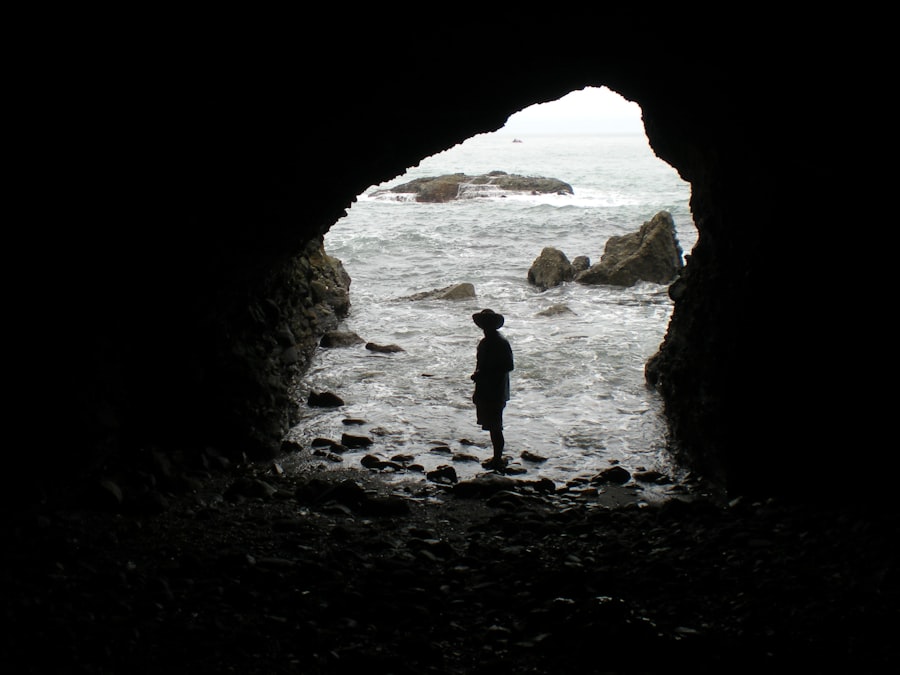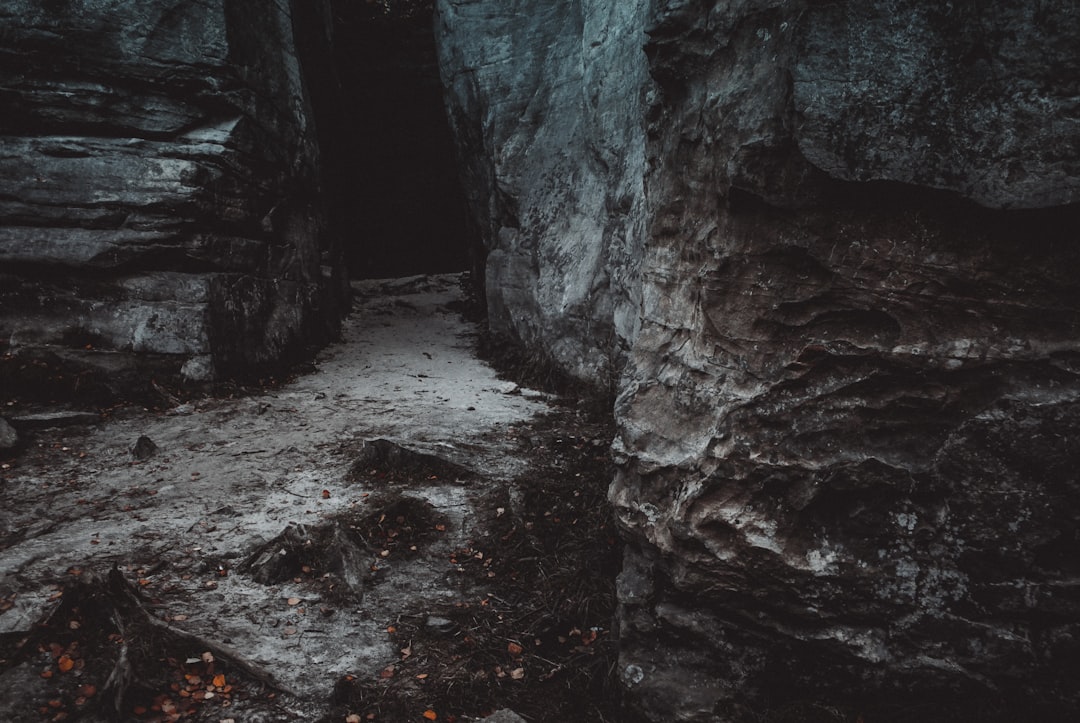The Drake Passage, a body of water situated between the southern tip of South America and Antarctica, is renowned for its tumultuous seas and breathtaking vistas. This narrow stretch of ocean, measuring approximately 800 kilometers (500 miles) in width, serves as a critical conduit for maritime traffic between the Atlantic and Pacific Oceans. Its strategic location not only makes it a vital route for shipping but also a focal point for scientific research and exploration.
The passage is often characterized by its unpredictable weather patterns and rough seas, which have earned it a reputation as one of the most challenging maritime routes in the world. The Drake Passage is not merely a geographical feature; it is a symbol of adventure and exploration. For centuries, it has drawn the attention of sailors, scientists, and adventurers alike, all eager to traverse its waters.
The passage is named after Sir Francis Drake, the English explorer who was the first to navigate these treacherous waters in the late 16th century. Today, it continues to captivate those with a thirst for discovery, offering a unique blend of natural beauty and historical significance.
Key Takeaways
- The Drake Passage is a body of water between South America’s Cape Horn and the South Shetland Islands of Antarctica, known for its rough seas and challenging conditions.
- The Drake Passage has a rich historical significance as it was first navigated by Sir Francis Drake in 1578, and has been a key route for explorers and expeditions to Antarctica.
- The unique ecosystem of the Drake Passage is home to a diverse range of marine life, including whales, seals, and seabirds, making it a hotspot for wildlife enthusiasts and researchers.
- Navigating the Drake Passage presents challenges such as strong winds, rough seas, and icebergs, making it one of the most challenging maritime routes in the world.
- The Drake Passage is teeming with wildlife, including penguins, albatrosses, and various species of whales, providing a unique opportunity for wildlife enthusiasts and photographers.
Historical significance of the Drake Passage
The historical importance of the Drake Passage cannot be overstated. It has played a pivotal role in maritime navigation since the Age of Exploration. Sir Francis Drake’s successful voyage through these waters in 1578 marked a significant milestone in the quest for new trade routes and territories.
His journey not only demonstrated the feasibility of navigating this perilous passage but also opened up new opportunities for exploration and colonization in the New World. The passage became a crucial link for explorers seeking to reach the Pacific Ocean from Europe, facilitating trade and cultural exchange. In addition to its role in exploration, the Drake Passage has been a site of significant historical events.
During the 19th century, whalers and sealers flocked to these waters, drawn by the abundance of marine resources. The passage became a hub for commercial activity, leading to increased competition and conflict among nations vying for control over these lucrative waters. The legacy of these early ventures continues to influence contemporary maritime practices and policies in the region.
The unique ecosystem of the Drake Passage

The Drake Passage is home to a remarkably diverse ecosystem that thrives in its cold, nutrient-rich waters. The confluence of the Atlantic and Pacific Oceans creates an environment that supports a wide array of marine life, making it one of the most productive oceanic regions on the planet. The upwelling of nutrient-rich waters fosters an abundance of phytoplankton, which forms the foundation of the food web in this region.
This rich biodiversity attracts various species of fish, seabirds, and marine mammals, creating a vibrant tapestry of life. One of the most fascinating aspects of the ecosystem in the Drake Passage is its role as a migratory corridor for numerous species. Many whales, including humpback and orca whales, traverse these waters during their seasonal migrations.
Additionally, seabirds such as albatrosses and petrels are commonly spotted soaring above the waves, taking advantage of the strong winds that characterize this region. The unique interplay between ocean currents and marine life makes the Drake Passage an essential area for ecological research and conservation efforts.
Challenges of navigating the Drake Passage
| Challenges of navigating the Drake Passage |
|---|
| Extreme weather conditions |
| Rough seas and strong winds |
| Potential for icebergs and ice floes |
| Narrow and unpredictable navigational routes |
| Isolation and limited access to assistance |
Navigating the Drake Passage presents numerous challenges for mariners due to its notorious weather conditions and unpredictable seas. The convergence of powerful ocean currents creates turbulent waters that can change rapidly, often without warning. Sailors must contend with steep waves, strong winds, and sudden storms that can make even experienced navigators uneasy.
These conditions have led to countless shipwrecks throughout history, underscoring the need for caution and preparedness when traversing this formidable passage. In addition to natural hazards, navigators must also be aware of icebergs and sea ice that can pose significant risks during certain times of the year. The presence of ice can obstruct shipping routes and create dangerous situations for vessels attempting to navigate through these waters.
As such, mariners are required to stay informed about weather forecasts and ice conditions to ensure safe passage through this challenging environment.
Wildlife and marine life in the Drake Passage
The wildlife and marine life found in the Drake Passage are among its most captivating features. The nutrient-rich waters support a diverse array of species, making it a prime location for wildlife enthusiasts and researchers alike. Among the most iconic inhabitants are various species of whales, including blue whales, fin whales, and minke whales.
These majestic creatures can often be seen breaching or spouting as they feed on krill and small fish in the nutrient-dense waters. In addition to whales, the passage is home to an impressive variety of seabirds that thrive in its harsh conditions. The wandering albatross, with its impressive wingspan, is a common sight gliding effortlessly above the waves.
Other seabirds such as petrels and skuas also inhabit this region, contributing to its rich avian diversity. The presence of such an array of wildlife highlights the ecological significance of the Drake Passage and underscores the importance of conservation efforts aimed at protecting these vulnerable species.
Weather patterns and conditions in the Drake Passage

The weather patterns in the Drake Passage are notoriously unpredictable, characterized by rapid changes that can occur within hours.
As a result, sailors often encounter strong winds, heavy rain, and fog that can significantly impact visibility and navigation.
The infamous “Drake Shake,” referring to the rough seas that can arise unexpectedly, is a well-known phenomenon among mariners who have braved these waters. During certain times of the year, particularly in winter months, storms can be particularly severe, leading to dangerous conditions for vessels attempting to cross. Conversely, summer months may offer more favorable weather patterns; however, even then, sailors must remain vigilant as conditions can change rapidly.
Understanding these weather patterns is crucial for anyone planning to navigate through the Drake Passage.
Famous expeditions and explorers of the Drake Passage
Throughout history, numerous expeditions have sought to explore the mysteries of the Drake Passage. One notable figure is Ernest Shackleton, whose ill-fated Antarctic expedition aboard the Endurance in 1914 became legendary for its harrowing tale of survival against all odds. Shackleton’s journey through the Drake Passage was fraught with challenges as he sought to reach Antarctica’s uncharted territories.
His story remains an enduring testament to human resilience and determination in the face of adversity. Another significant explorer associated with the Drake Passage is James Cook, who made several voyages through these waters in the 18th century. Cook’s expeditions contributed immensely to our understanding of geography and navigation during that era.
His meticulous mapping of coastlines and islands helped pave the way for future explorers and scientists seeking to unlock the secrets of this remote region.
The allure of adventure in the Drake Passage
The allure of adventure in the Drake Passage continues to captivate those with a spirit for exploration. For many travelers, crossing this iconic body of water represents a rite of passage—a chance to experience firsthand one of nature’s most formidable environments. Adventure seekers are drawn to its rugged beauty and unpredictable conditions, eager to test their limits against the elements while surrounded by breathtaking landscapes.
Expeditions through the Drake Passage often include opportunities for wildlife viewing, photography, and immersion in unique ecosystems that few have had the privilege to experience. Whether aboard a research vessel or on an expedition cruise, travelers find themselves enchanted by the raw power of nature that defines this region. The sense of adventure that permeates every journey through these waters creates lasting memories that resonate long after returning home.
Conservation efforts in the Drake Passage
As awareness grows regarding environmental issues facing our planet, conservation efforts in the Drake Passage have become increasingly important. Various organizations are working diligently to protect this fragile ecosystem from threats such as overfishing, pollution, and climate change. Initiatives aimed at preserving marine habitats and promoting sustainable practices are essential for ensuring that future generations can continue to experience the wonders of this unique region.
Collaborative efforts between governments, non-profit organizations, and research institutions play a crucial role in advancing conservation goals within the Drake Passage. Marine protected areas have been established to safeguard critical habitats while promoting responsible tourism practices that minimize human impact on delicate ecosystems. These initiatives reflect a growing recognition of our responsibility to protect our oceans and preserve biodiversity for years to come.
How to plan a trip to the Drake Passage
Planning a trip to the Drake Passage requires careful consideration and preparation due to its remote location and challenging conditions.
These cruises often include expert-led excursions focused on wildlife viewing, educational lectures about marine ecosystems, and opportunities for adventure activities such as kayaking or ice hiking.
When planning a trip, it is essential for travelers to research reputable tour operators with experience navigating these waters safely. Understanding seasonal variations in weather patterns can also help travelers choose optimal times for their journeys while ensuring they are adequately prepared for potential challenges along the way. Packing appropriate gear—such as waterproof clothing—will enhance comfort during excursions while allowing adventurers to fully immerse themselves in their surroundings.
The future of exploration in the Drake Passage
The future of exploration in the Drake Passage holds great promise as advancements in technology continue to enhance our understanding of this remote region. Innovations such as autonomous underwater vehicles (AUVs) and advanced satellite imaging are revolutionizing marine research by providing new insights into ocean dynamics and ecosystems previously inaccessible to scientists. These tools enable researchers to monitor changes over time while contributing valuable data toward conservation efforts.
As interest in sustainable tourism grows alongside environmental awareness, opportunities for responsible exploration will likely expand within this region. Educational programs aimed at fostering appreciation for marine ecosystems can inspire future generations to engage with nature while advocating for its protection. Ultimately, continued exploration will deepen humanity’s connection with this remarkable part of our planet while highlighting our shared responsibility toward preserving its wonders for years to come.
If you’re intrigued by the adventures of a Drake Passage explorer, you might find the article on MyGeoQuest particularly fascinating. It delves into the challenges and triumphs of navigating one of the most treacherous sea routes in the world. For more insights and related explorations, check out this related article on MyGeoQuest, which offers a deeper look into the experiences of explorers who have braved the Drake Passage and other formidable journeys.
WATCH NOW! Drake Passage: Earth’s Deadliest Waters Revealed
FAQs
What is the Drake Passage Explorer?
The Drake Passage Explorer is a cruise expedition that takes travelers through the infamous Drake Passage, which is the body of water between the southern tip of South America and the northern tip of the Antarctic Peninsula.
What can travelers expect to see on the Drake Passage Explorer?
Travelers on the Drake Passage Explorer can expect to see a variety of wildlife, including whales, seals, and a wide array of seabirds. The expedition also offers stunning views of icebergs, glaciers, and the rugged landscapes of the Antarctic region.
How long does the Drake Passage Explorer expedition typically last?
The duration of the Drake Passage Explorer expedition can vary, but it typically lasts around 10-12 days. This includes the time spent crossing the Drake Passage and exploring the Antarctic Peninsula.
What are the accommodations like on the Drake Passage Explorer?
Accommodations on the Drake Passage Explorer are typically comfortable and well-equipped, with amenities such as private cabins, dining facilities, and observation decks for taking in the breathtaking scenery.
Is the Drake Passage known for rough seas?
Yes, the Drake Passage is notorious for its rough seas and challenging sailing conditions. Travelers should be prepared for the possibility of rough weather during the crossing.
What is the best time of year to embark on the Drake Passage Explorer expedition?
The best time to embark on the Drake Passage Explorer expedition is during the Antarctic summer, which runs from November to March. This is when the weather is milder, and wildlife is most active.
